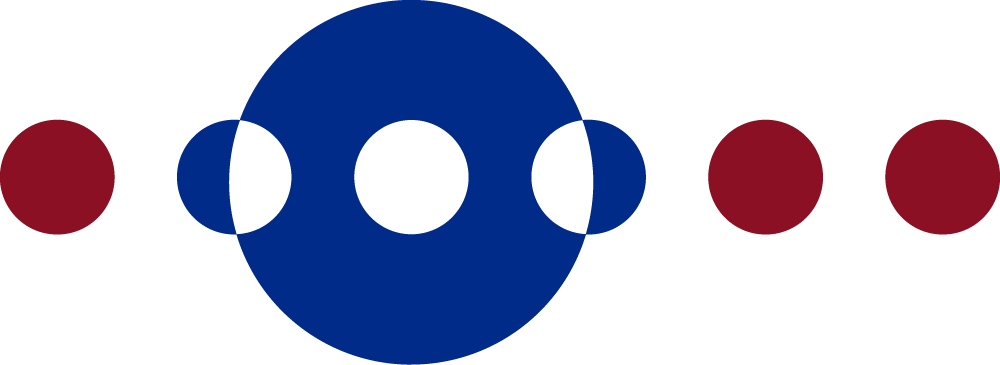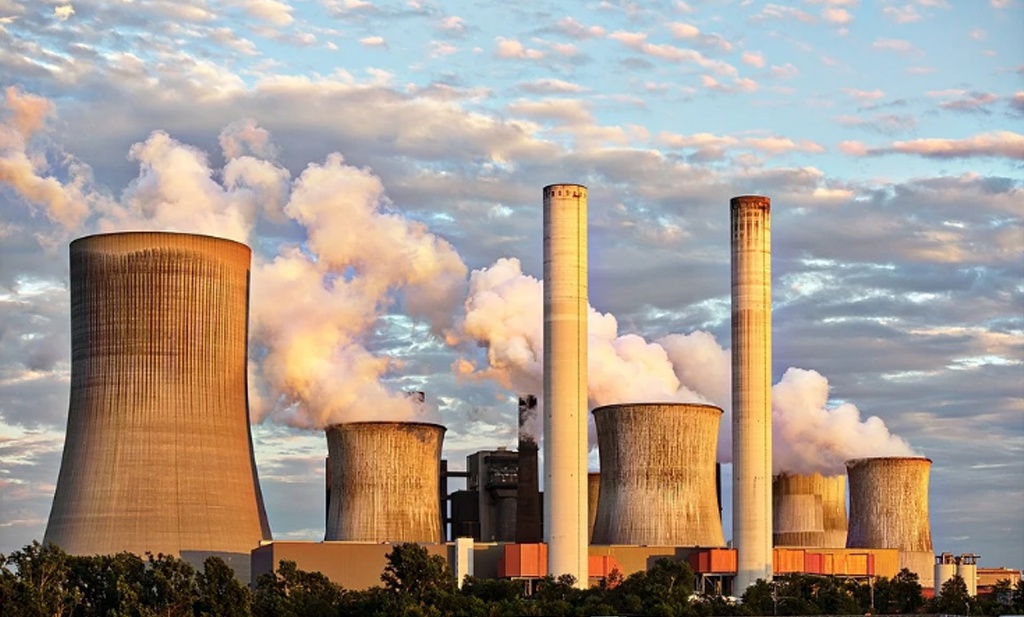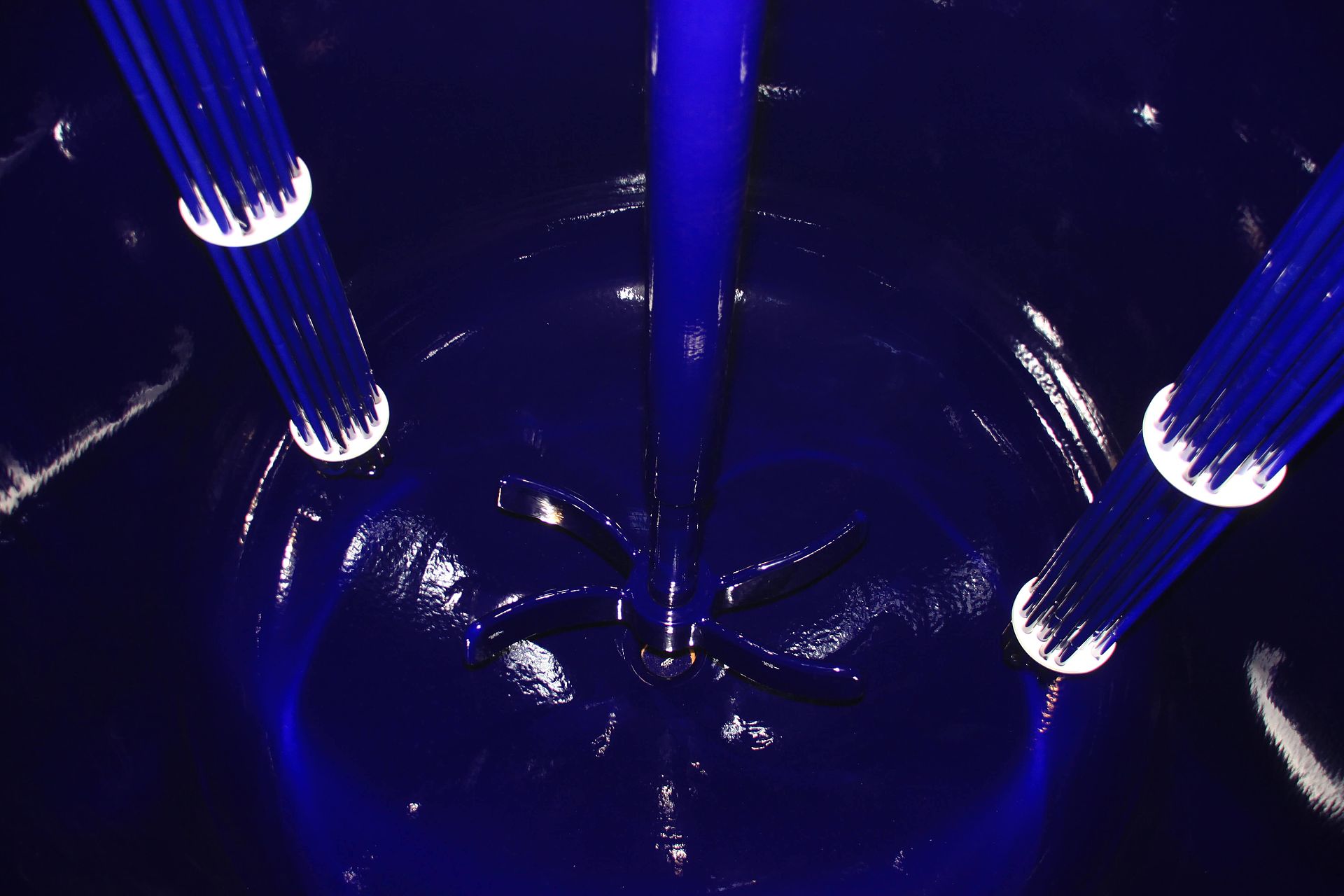CO2 footprint of a glass-lined reactor
Introduction
Rising energy prices as well as political guidelines and encourage companies justifiably to assume social responsibility.
In addition to the German energy transition or the hydrogen strategy, the EU is also massively actuate the economic transformation through the Green Deal [1]. Energy-intensive sectors in particular, such as the chemical and energy industries, represent decisive levers for reducing energy consumption. Small improvements in efficiency save large amounts of energy. As explained in other newsletters, reactors require large amounts of energy in production and operation.
High operating costs and ecological consequences via emissions during the generation of electricity are the consequences. To counteract this, Thaletec offers calculation options to identify and quantify savings potential in operating costs.
Efficiency of power generation
In the following, the CO2 footprint is presented on the basis of an exemplary reactor operation as well as the efficiency of power generation up to the pump energy for the service medium of a reactor (Figure 1). The energy consumption of an agitator drive and its effects are also considered.
If fossil energy sources (hard coal, lignite, natural gas, oil, uranium) are used to generate electricity, steam is usually produced from a thermal process to supply a steam turbine. Assuming an ideal thermal process (e.g. complete combustion), the main losses in a power plant occur during steam generation (≈ 0.96), transformation into mechanical energy within the steam turbine ( ≈ 0.5) and transformation of mechanical energy into electrical energy in the generator ( ≈ 0.95). The overall efficiency of the power plants of approx. ≈ 0.46 (to ≈ 0.5) causes the main loss, especially the losses of the steam turbine. Further losses result from the transport of the electrical energy via high-voltage lines ( ≈ 0.95) and during transformation in the industrial plants inside the electric motors ( ≈ 0.9) as well as inside the industrial pumps ( ≈ 0.85) that convey the service medium. This rather conservative view of the efficiencies illustrates that only about 43 % of the fossil sources can be used at the "socket" and only about 33 % can be used for the actual task (pumping the service medium and agitation).
Application example of a glass-lined reactor
The required energy and the ecological effects depending on the size of the reactor. If a BE32000-3200-AM is assumed with a PowerBaffle (connected in parallel), 156.4 m³/h must be provided on the service side, for instance.
The pressure drop over the jacket is approx. 2.1 bar and over the PowerBaffle only 0.5 bar. Without taking the piping system into account, the pumping capacity for the service medium is approx. 5.3 kW. Assuming an efficiency of 0.9 for the electric motor and 0.85 for the pump, the electrical energy providing the service medium is approx. 42,700 kWh, assuming 6,120 operating hours per year.
If the German electricity mix of 2019 and the associated CO2 emissions are taken as a basis (0.408 kg/kWh) [2], 17.4 t CO2 are emitted for service-side operation. In addition, a three-stage DCT agitator system is assumed at an agitator speed of 75 rpm with water as the product medium, around 187,000 kWh will also be required for the agitator drive. Further 76.3 t of CO2 are emitted under the given conditions.
The given example impressively illustrates a large savings potential. Even small improvements in efficiency lead to large energy savings and thus CO2 savings. In addition, depending on the process, the service media must be tempered. Water (sometimes as a glycol mixture) is often used as the service medium, which must be cooled or heated depending on the process. Just for heating 20 m³ of water from 20 to 80 °C, for example, the required amount of heat is approx. 1,400 kWh (570 kg CO2) due to the high specific heat capacity of water (4.18 kJ/kg*K).
Preview
Thaletec offers you the calculation and assessment of the mentioned aspects regarding operating costs and associated CO2 emissions (process@thaletec.com). In the following newsletters, further energy-related topics will be discussed, such as the reduction of operating costs with the help of a PowerBaffle while maintaining a high heat flow and the maximum transmittable heat flow of a glass-lined reactor with an "optimised agitator speed".
References
[1] Europäische Kommission, „Der europäische Grüne Deal,“ Amtsblatt der Europäischen Union, Brüssel, 12/2019.
[2] Umweltbundesamt, „Bilanz 2019: CO2-Emissionen pro Kilowattstunde Strom sinken weiter,“ [Online]. Available: umweltbundesamt.de. [Zugriff am 10 2021].






